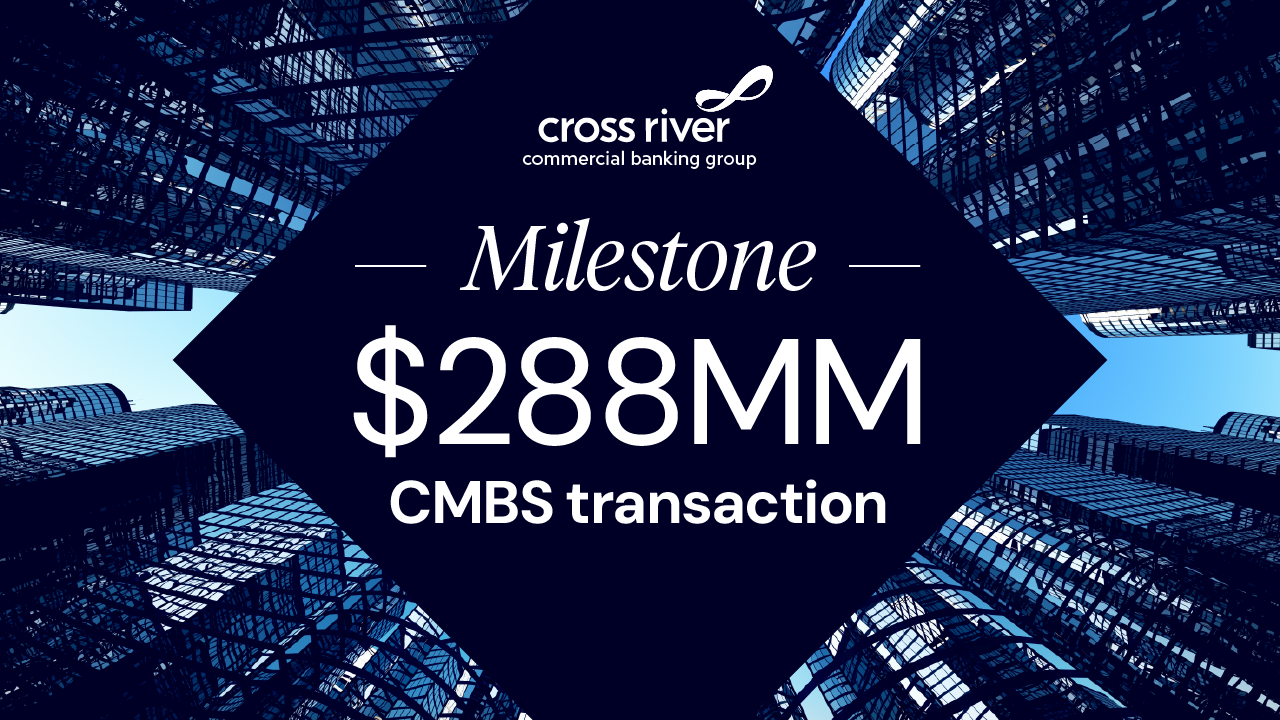Why Processing Optionality Is a Strategic Advantage for Fintechs

Your processing infrastructure determines what's possible for your customers.
If you’ve ever launched a card program, you know how it goes: you’ve got a clear vision, a roadmap full of features, and a team ready to build. But then you hit a wall, your processing infrastructure can’t keep up. Suddenly, timelines stretch, features get watered down, and the experience you imagined starts to feel compromised.
At Cross River, we’ve always believed that infrastructure should enable innovation, not limit it. That’s why we’ve supported partners who bring their own processors. And now, we’re going a step further by offering our own end-to-end card processing engine. The goal? Give companies the flexibility to choose the level of control that fits their roadmap.
The impact of processing constraints
When your processing stack is rigid, it slows you down and prevents you from shaping what’s possible. Here’s how:
- Innovation gets delayed. That breakthrough feature you’ve designed? It might be stuck waiting for infrastructure updates.
- Data access is limited. You’re working with someone else’s format, under someone else’s timeline, and that can impact how quickly you respond to customer needs.
- Customer experience suffers. Standard controls, delayed notifications, and generic features don’t help you stand out.
Processing optionality is about having control over key customer experience moments, not options for the sake of it.
What happens when you control the stack?
- Cards activate instantly because you're not waiting for a third party to flip switches
- Spending controls adapt in real-time because you built them to match your users' actual behavior
- Fraud detection learns from your specific patterns instead of applying generic rules that don't fit your customer base
- Data flows directly to you so you can spot trends, prevent problems, and personalize experiences immediately
We’ve long supported fintechs bringing their own processor to Cross River. And that’s not changing. But now, we’re also offering our own processing infrastructure to give customers who want the option to build end-to-end, all on-platform.
That’s why we built our own processing infrastructure for customers already on-platform. It's fast, certified by both Visa and Mastercard, and designed to support real-time controls, actionable analytics, and full compliance.
But here's the key: you're not locked in. Our goal is to give you options whether that means bringing your own processor or using ours. It's infrastructure on your terms.
Strategic questions to ask
Instead of asking, “Which processor should we use?” ask:
- “How much control do we need to deliver our vision?”
- “Can our infrastructure support the experience we want to build?”
- “Are we getting the data we need, when we need it?”
Your customers don’t care what processor you use. They care whether your product works better than the alternatives. The most successful platforms won because they made payments easier for developers. The infrastructure enabled the experience.
Looking forward
Take a moment to assess your current setup:
- What features are you holding back on because of infrastructure limitations?
- What experiences could be better?
- What competitive advantages are you missing?
Think beyond today. Changing processors later is a heavy lift. It takes time, resources, and can disrupt your customer experience. Planning for flexibility now means you’re ready for whatever comes next.
Speed, differentiation, and compliance are non-negotiable. The real risk is not choosing the wrong processor; it’s being boxed in by one. Optionality keeps your product roadmap open. And that might be the most valuable feature of all.

.png)

